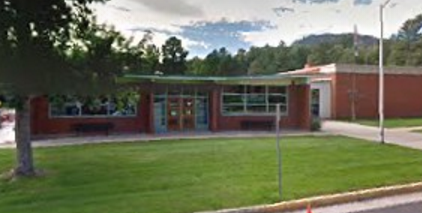From Halloween costumes to New Year’s fireworks, the holiday season seems to come with endless excitement—and endless to-do lists. For kids, it’s a stretch of glittering lights, countdowns, and big expectations. However, between those special days, it’s beneficial to return to normal routines and expectations, so the children are not overly stimulated. Young children benefit from regular routines and rhythms.
While it’s tempting to keep the holiday spirit going strong, too much hype can sometimes backfire. When every day is a build-up to the next big thing, those big days can lose a bit of their magic.
Why the “In-Between” Days Matter
Children thrive on both excitement and consistency. The time between holidays is where they practice patience, creativity, and the art of enjoying simple moments. When life becomes one long countdown to the next holiday, it’s easy to overlook the joy in everyday moments.
By slowing down and finding peace and joy outside of the holiday rush, families can help kids build healthy rhythms and create happy memories that last long after the decorations are put away.
Simple Ways to Make the Wait Joyful
You don’t have to fill every day with holiday sparkle—small, creative activities can make the “in-between” days feel special on their own. Try a few of these family favorites:
- Go on a nature adventure. Notice how the world changes between holidays—fall leaves, first snowflakes, the smell of pine trees.
- Have a story night. Let each family member pick a book to read aloud by flashlight or candlelight.
- Get creative just because. Set out art supplies and make something that has nothing to do with a holiday—paint, sculpt, glue, build!
- Spread kindness. Bake treats for a neighbor, make thank-you notes for teachers, or find a small way to brighten someone’s day.
- Celebrate a random Tuesday. Turn on music, have a dance party, or make pancakes for dinner—because sometimes the best memories come from unexpected moments.
A Season of Everyday Joy
The holiday season will always be full of excitement—but it’s those ordinary days in between that give children a sense of calm and balance. When families make room for simple joy all season long, the holidays feel even more special when they finally arrive.
At Creekside Kids, we believe the magic of childhood isn’t found just on the big days—it’s in the moments that fill the spaces between. If you’d like to discuss a place at Creekside Kids for your kids, we invite you to click this embedded link to schedule an appointment. Let’s get to know each other! Like us on Facebook to follow our stories for news and updates. We’re located at 1201 W Cheyenne Road, Colorado Springs, CO 80906, and we can be reached at (719) 635-9111. Our new hours of operation are 6:45 a.m. until 5:45 p.m., Monday through Friday.



 Image created by ChatGPT
Image created by ChatGPT
 1201 W Cheyenne Rd
1201 W Cheyenne Rd